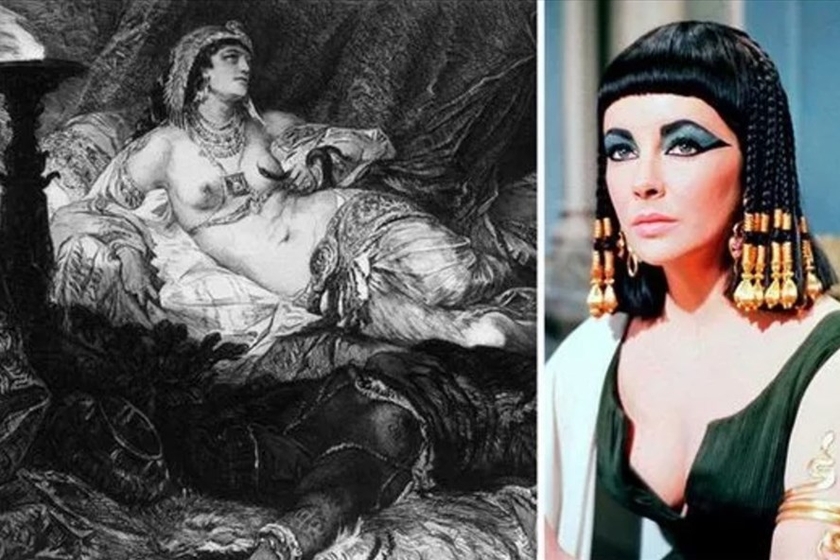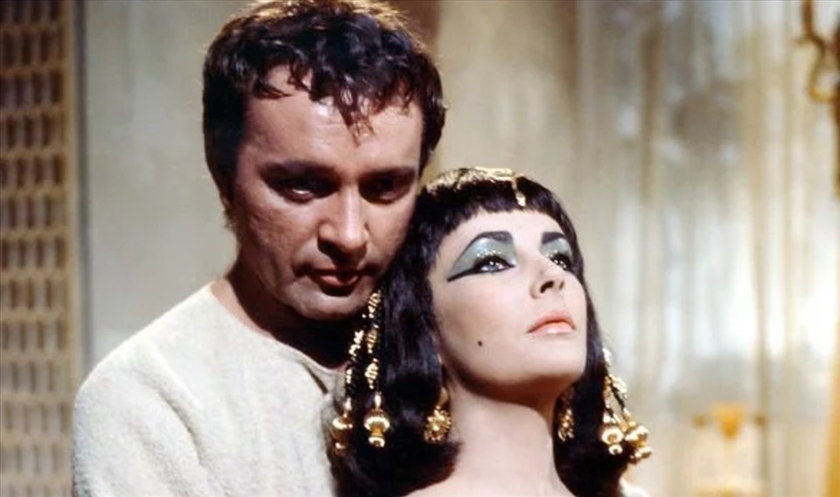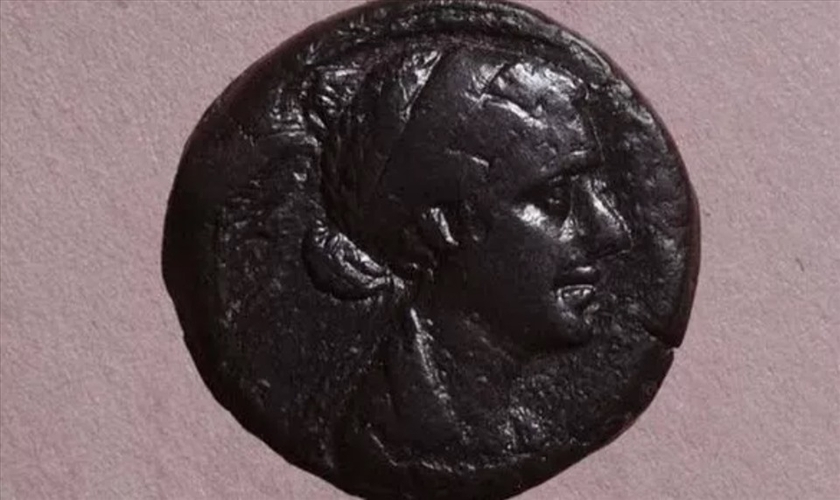While Egyptian historians dispute the beauty of Queen Cleopatra, one professor believes he knows exactly what the Queen looked like.

Queen Cleopatra was the last ruler of the Ptolemaic kingdom of Egypt. After her death in 30 BC, the country became part of the Roman Empire. Cleopatra’s beauty became immortal, and she has been an Egyptian pop culture icon ever since.
In the 20th century, actress Elizabeth Taylor played Queen Cleopatra in the Hollywood movie of the same name.

Elizabeth Taylor and Richard Burton play Cleopatra and Antony. Photo: Getty
Despite her reputation for striking beauty, Queen Cleopatra’s actual appearance remains the subject of controversy.
When the Newcastle Antiquities Society in the UK found a small coin engraved with Cleopatra, Professor Kevin Butcher recalled that the Queen looked even “stubborn”.
“There are many coins left with Cleopatra’s portrait on them, and they often repeat the same features that amaze reporters: large nose, protruding forehead, pointed chin, thin lips, and sunken eyes.” Butcher said.

Coin engraved with portrait of Egyptian Queen Cleopatra. Photo: Getty
“The portraits on this coin, while they may come as a surprise to those who grew up with the ‘Queen of Hollywood’, are the only authentic images we have of Cleopatra.”Professor Butcher explains in his article for BBC HistoryExtra that the image of Queen Cleopatra on coins is generally not accepted because people expect a face that is “more in line with our expectations”.Some, he added, claim that “these unconvincing portraits are the work of unskilled artists”.

Queen Cleopatra in a painting by Lillie Langtry. Photo: Getty
However, Professor Butcher said, “there is no reason to think that the portraits on the coin are false”.
According to Butcher, at that time, the method of painting portraits that did not hide the bad features was prevalent in the Mediterranean world and it seems that Cleopatra’s image was no exception to this trend.
Features such as a large nose or pointed chin may be slightly exaggerated, but these are the most recognizable features of the individual depicted.
Coin portraits of Cleopatra’s father, much rarer than those of Cleopatra herself, show that he also had a large nose and protruding forehead, so these physical features may be inherited traits of Cleopatra. family.
Professor Butcher points out that the coins were minted in many places, and were minted when Cleopatra was in her late 30s.
Professor Butcher concludes that the image of Queen Cleopatra on the coin is most likely accurate and that portraying her today as a beauty symbol “tilts the water” is only a product of the romanticization of history. history. However, he does not blame Hollywood for this misconception.








